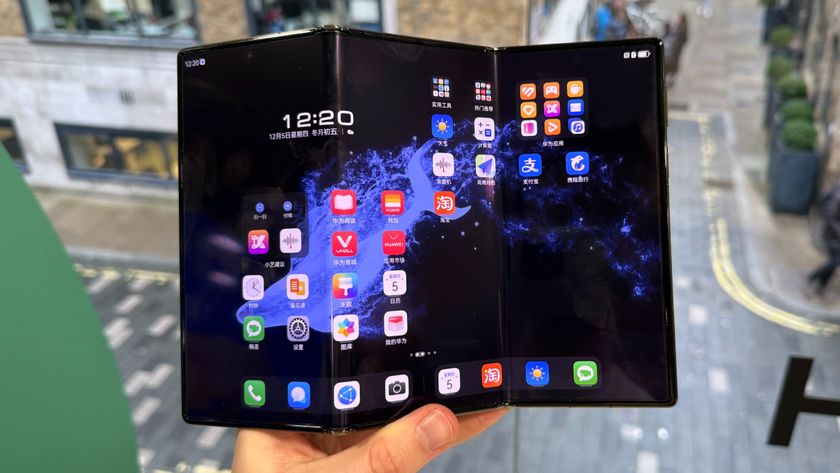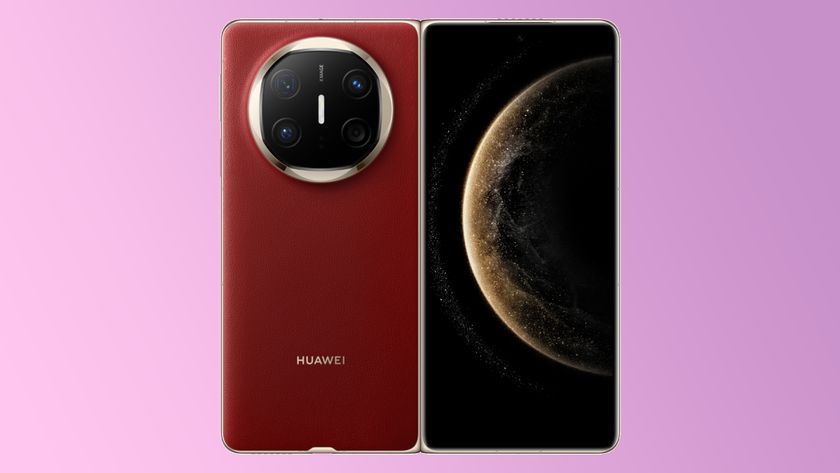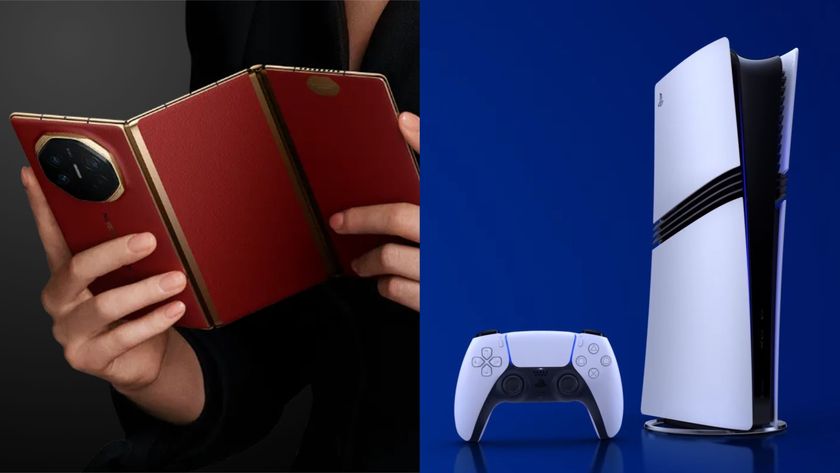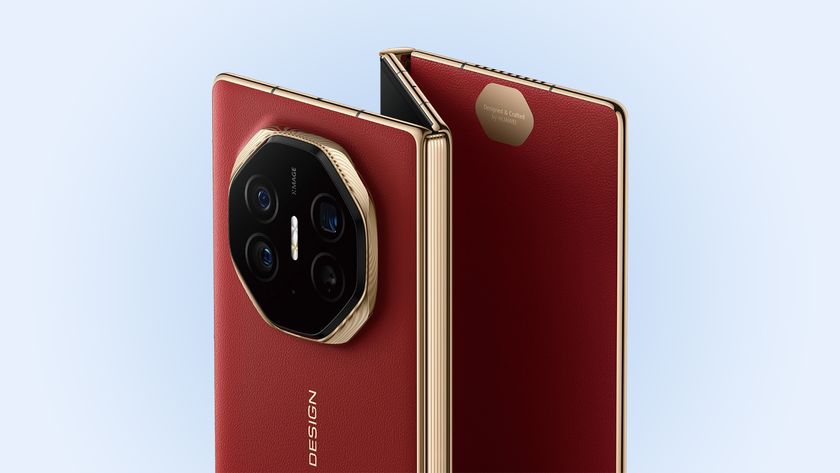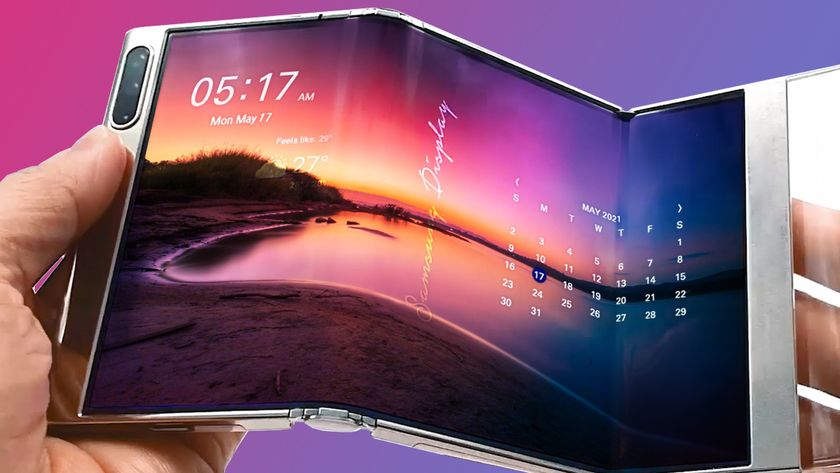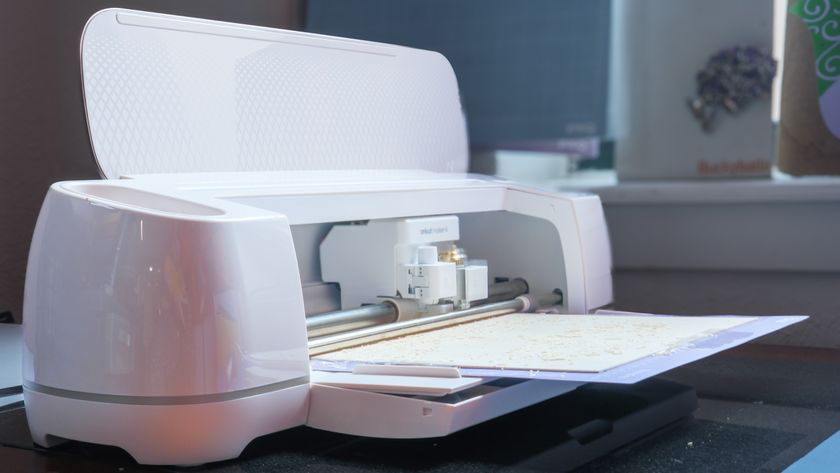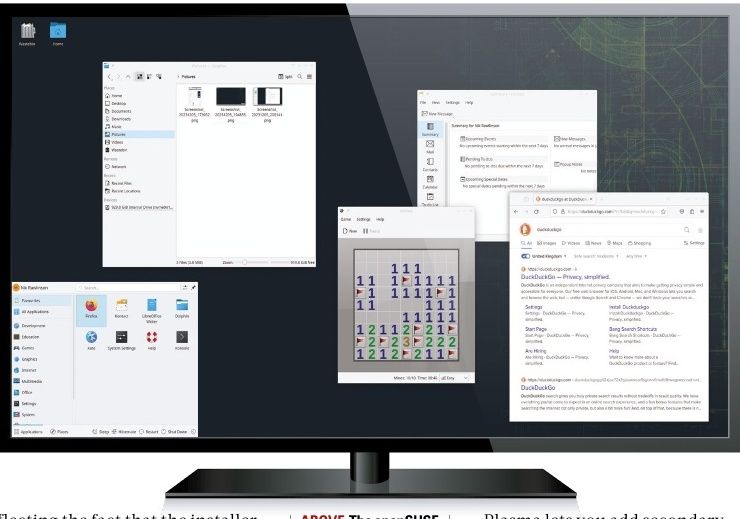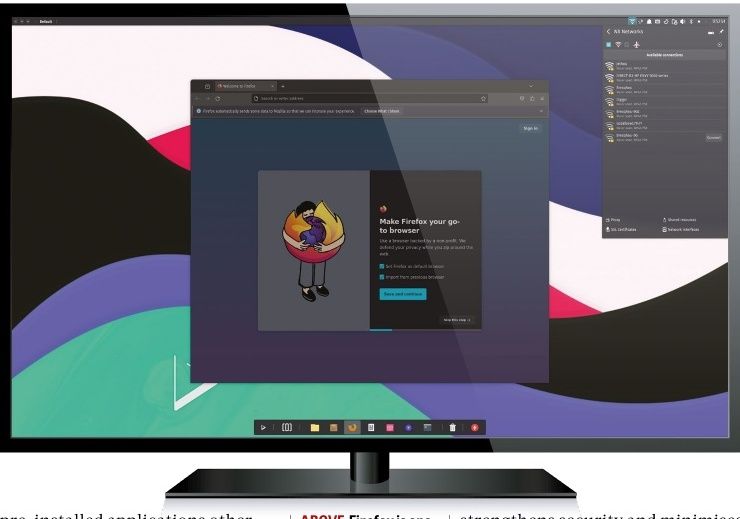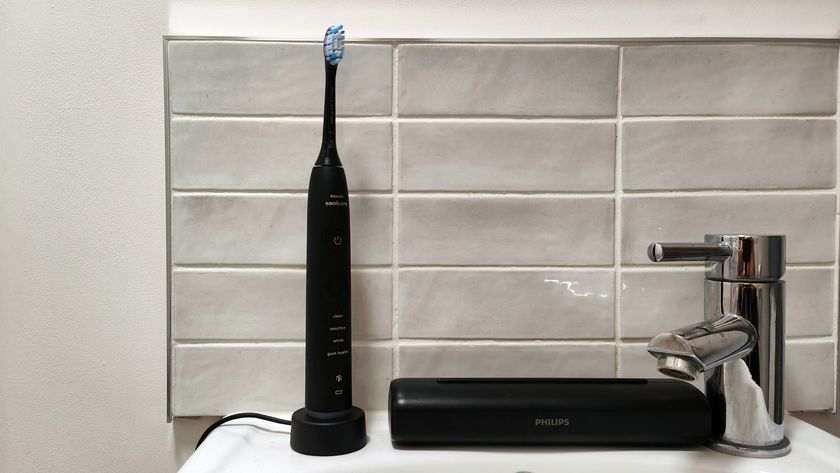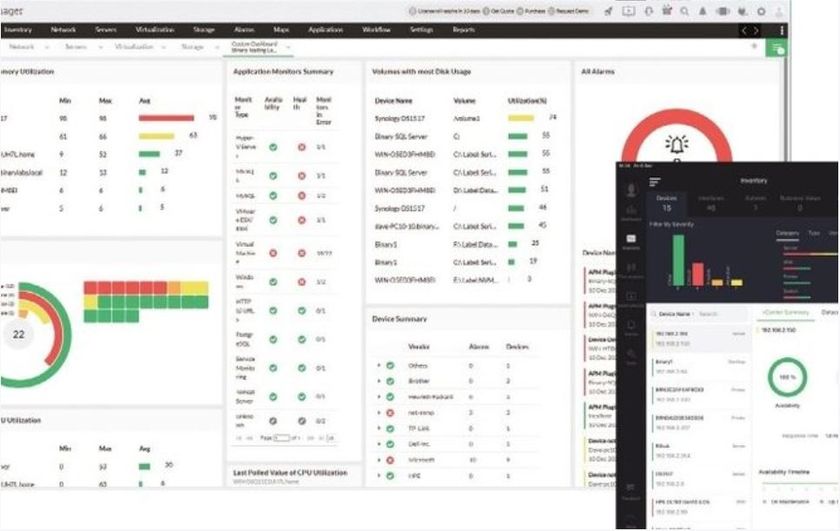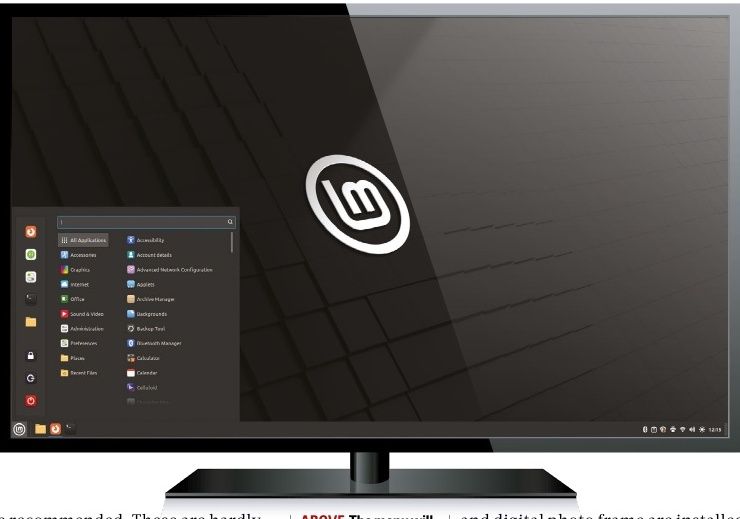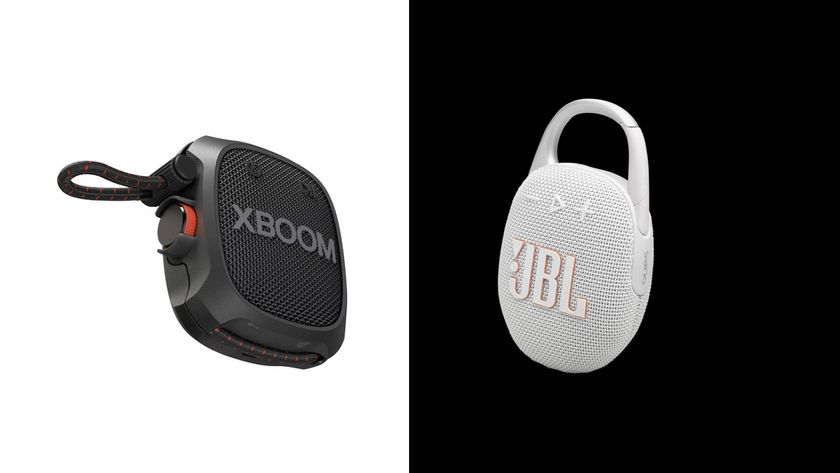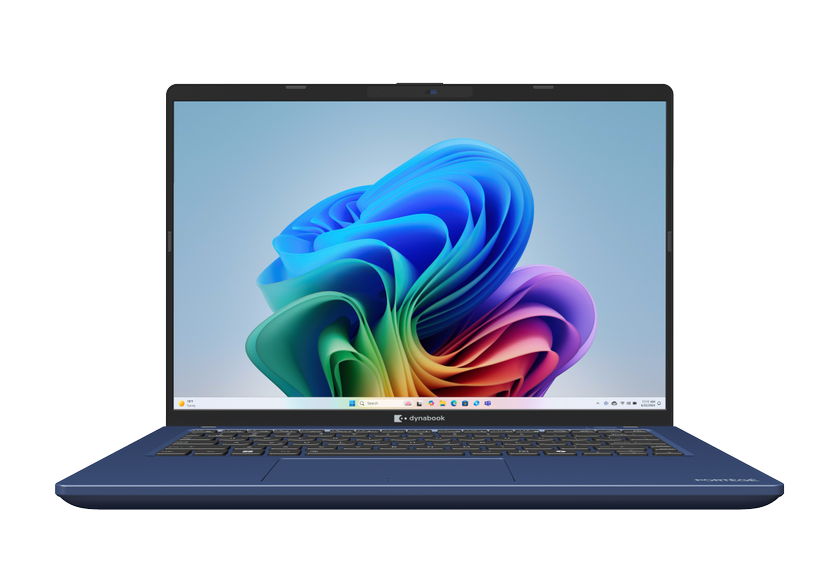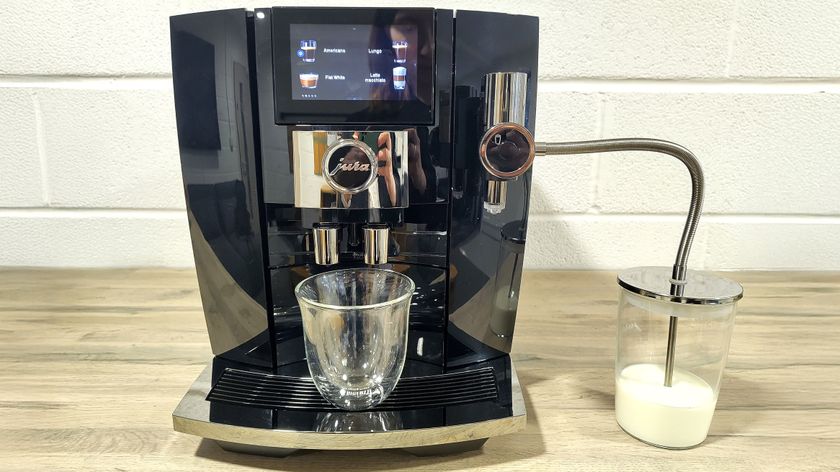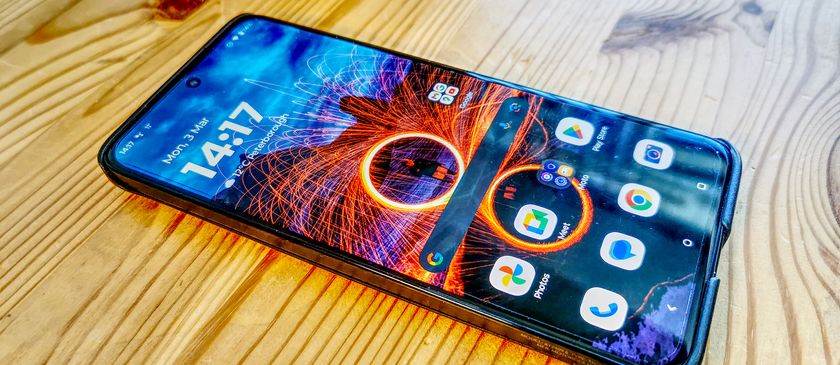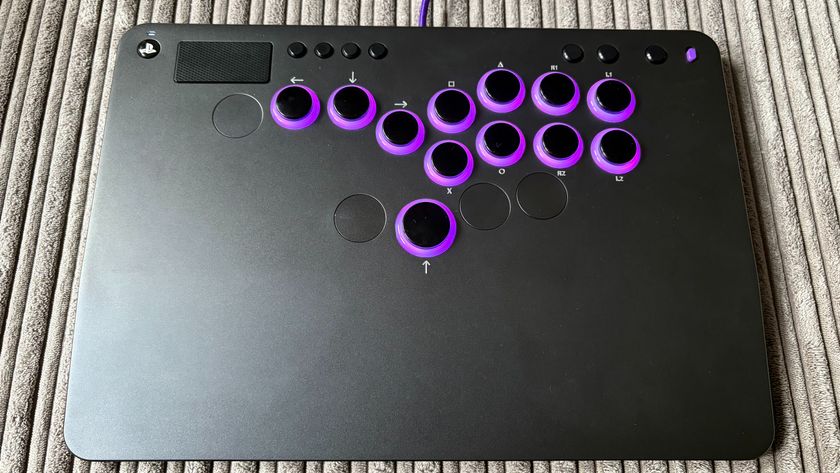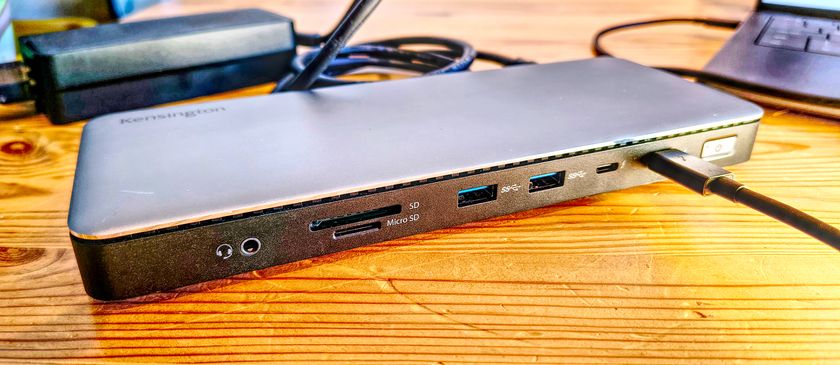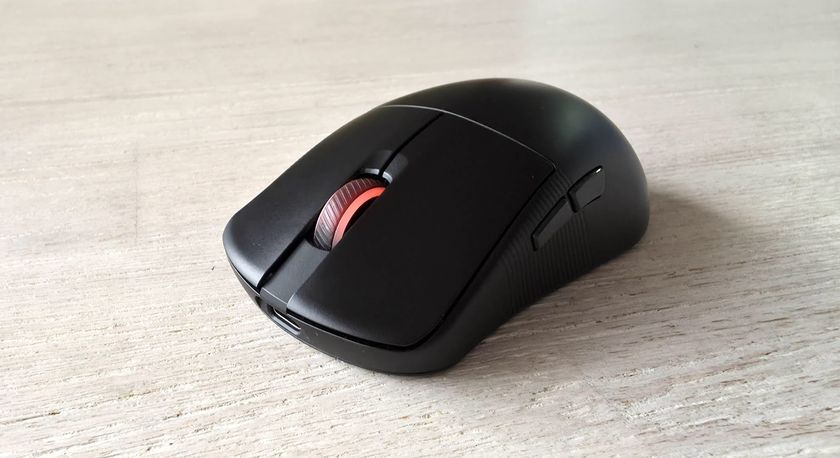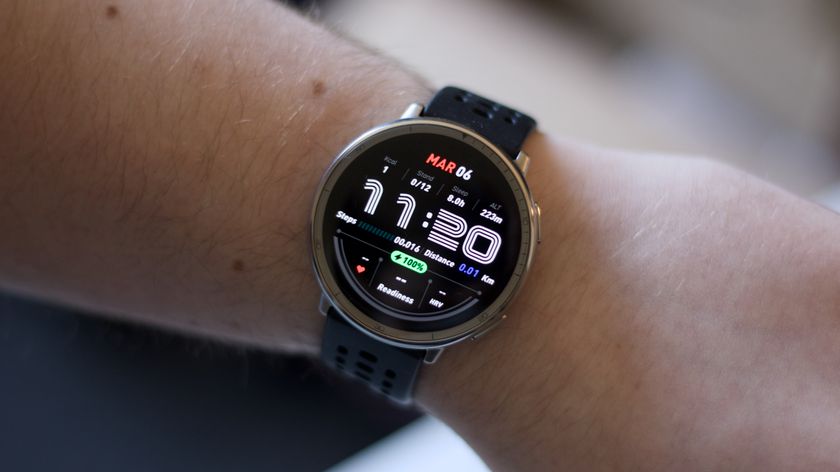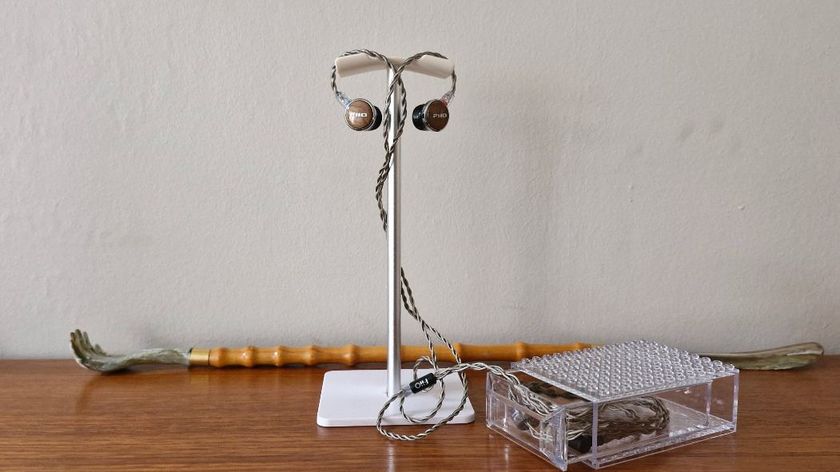Why you can trust TechRadar
Own-brand Oreo
- EMUI 8.1, based on Android 8.1 Oreo
- Some bloatware
- Fast-acting face unlock
Huawei software doesn't have the best reputation, but it's fair to say it's improved a lot over the last few iterations. EMUI, which is what Huawei calls its 'Emotion' overlay for Android, now looks more like stock than ever, with a few extras.
You'll get some uninvited Huawei apps, including AppGallery (like a Huawei-endorsed Play Store), Huawei Health, HiCare, and Themes for changing the look of your phone. None of these are particularly irritating, or worse than what you'd get from other manufacturers. However, a lot of them can't be uninstalled, which is vexing even when you've got 128GB to play with.
The P20 comes with EMUI version 8.1, which is based on Android 8.1 Oreo. There are some subtle differences: for instance, when you first turn the phone on, you'll find you don't have an app menu ('drawer' in Android parlance).
This means your icons all have to be on home screens, iPhone-style. To turn the app drawer on, go into Settings > Display > Home screen style and choose Drawer.
Annoyingly, you still don't get the invisible swipe-up app drawer you normally would with Oreo: instead it brings back the old centre-mounted app key.
Not a huge deal, just mildly annoying for Android fans, and a bit of muscle memory adjustment if you’re coming from another Oreo phone.
The Android 9 Pie update for EMUI is just starting to roll out for the P20 now. As yet we haven't been able to put it through its paces, but it should bring a variety of minor security and performance improvements.
The app icons on a lot of the Huawei themes are a bit ugly, but there are some stock-ish options that you quickly get used to, and some of the themes really make the most of the screen – the Pearl and Rainbow options harmonise especially well with the Pink Gold handset.
Out of the box, the navigation keys are all software: there's no Back and Apps on either side of that black strip. Which means you effectively have two home keys – one software, one hardware – right above one another.
However, you can go into Settings > System > Navigation and change that, allowing home key gestures that effectively bring back the hardware nav keys. You can also add an odd 'navigation dock' blob to the screen instead, but we didn’t find that particularly useful or intuitive.
Since it's 2018, the P20 also includes Face Unlock. We found it quick and effective, and it recognised us both with and without makeup and glasses.
Movies, music and gaming
- Loads of screen space with or without the notch
- No headphone jack
- Only one speaker
Despite the two sets of drilled holes on the bottom end, the P20 only has one speaker – the set on the right.
Cover that with a finger (or the heel of your hand accidentally when holding the phone) and you're getting tinny, quiet sound.
You also don't get a 3.5mm headphone jack, so you're stuck with either Bluetooth headphones or USB-C ones – no charging and listening to stuff at the same time then, if you go for the cabled option.
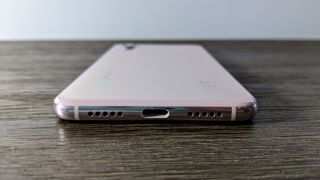
The speaker is fine – it goes decently loud but is fairly directional and sounds a little thin at the top end of the volume range. Similarly, the earphones included in the box are okay, but not special.
The first time we used Netflix on the P20, it rebooted, which wasn't a great start. It also struggled with the Amazon and Kindle apps at first, and both had to be reinstalled before they worked properly.
Netflix, thankfully, worked the second time without a reinstall, and has been fine since – but it's worth being aware that you might have some issues.
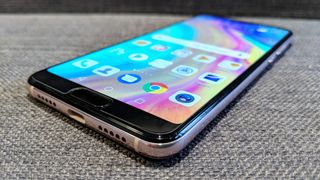
Full-screen videos look colourful and captivating on the P20's screen, and while it can't compete with the higher-res OLEDs on the top end of the market, the slim bezels and extra-tall 18.9:7 aspect ratio still offer an excellent viewing experience.
Gaming fans should find plenty to like about the P20. The Kirin 970 chipset is very capable of handling intensive games, and that display makes for a really immersive experience.
We didn't run into any problems with lag, overheating or crashes in our gaming sessions, and vertical games like Super Mario Run looked especially good with the extra height – like they'd swallowed a power-up mushroom.
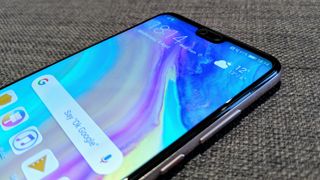
Strong, but not the strongest
- Huawei Kirin 970 (4 x 2.36GHz, 4 x 1.8GHz)
- 4GB of RAM
- 128GB of storage
Huawei's kitted the P20 out with its own Kirin 970 octa-core chipset, as previously seen on the Huawei Mate 10, plus 4GB of RAM.
While this isn't enough to rival the top-end phones – including Huawei’s own P20 Pro, which offers 6GB of RAM, and the Mate 20 Pro, which packs in 8GB – it'll handle most smartphone tasks with ease.
We found the P20 very smooth to use, in spite of some very intensive use and app switching. It felt a bit warm at times, but that's as bad as it got.
On the benchmark side, an average of three Geekbench 4 scores gave a single-core result of 1,885 and a multi-core result of 6,681.
That falls between the Huawei P20 Pro at 6,775 and the Pixel 2 at 6,260. Meanwhile, the Samsung Galaxy S9 was up in the 9,000s and the iPhone X was over 10k, so it's fair to say that while the P20 performs consistently with some competing phones and will be a solid performer for a good while to come, it doesn’t touch the top performers on the market.
You don't get a microSD card slot with the Huawei P20, but that's not surprising given that it only comes in one storage size: 128GB. That should be enough for almost everyone.
Current page: Anything else I should know?
Prev Page Battery life and camera Next Page Verdict and competition